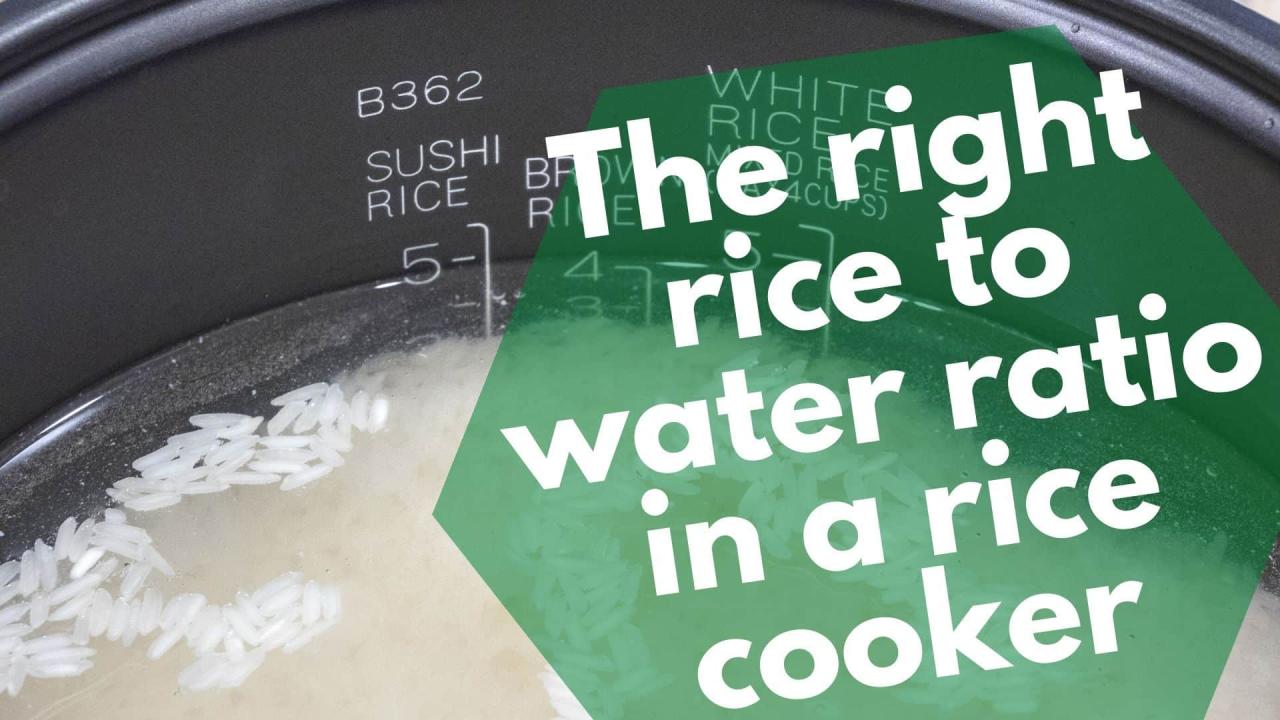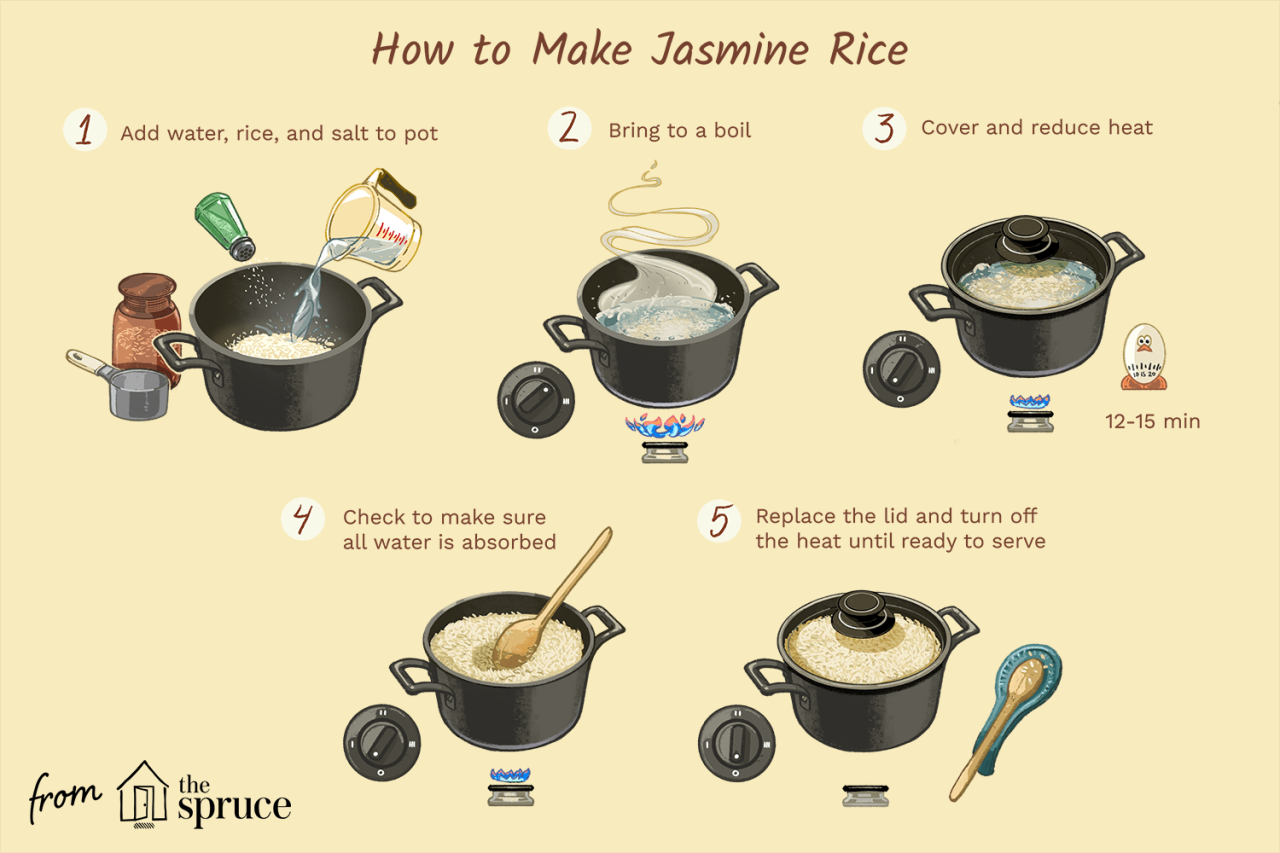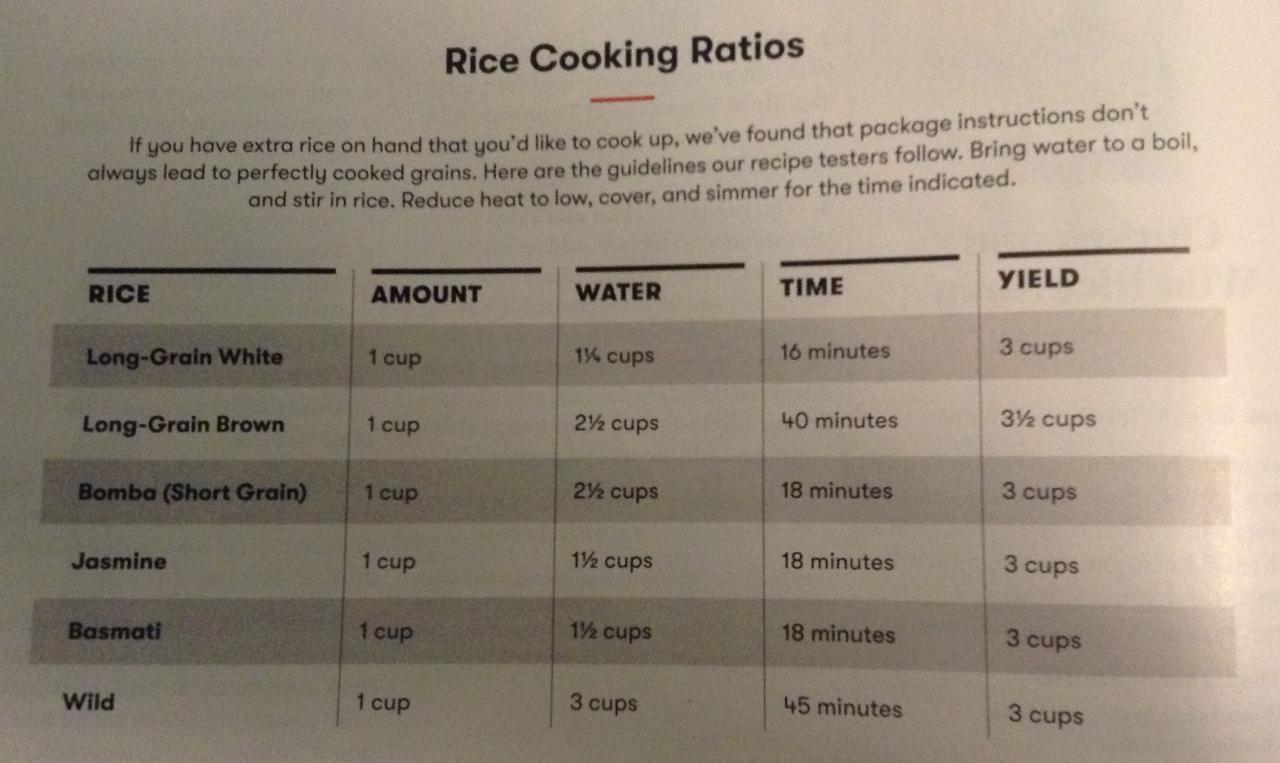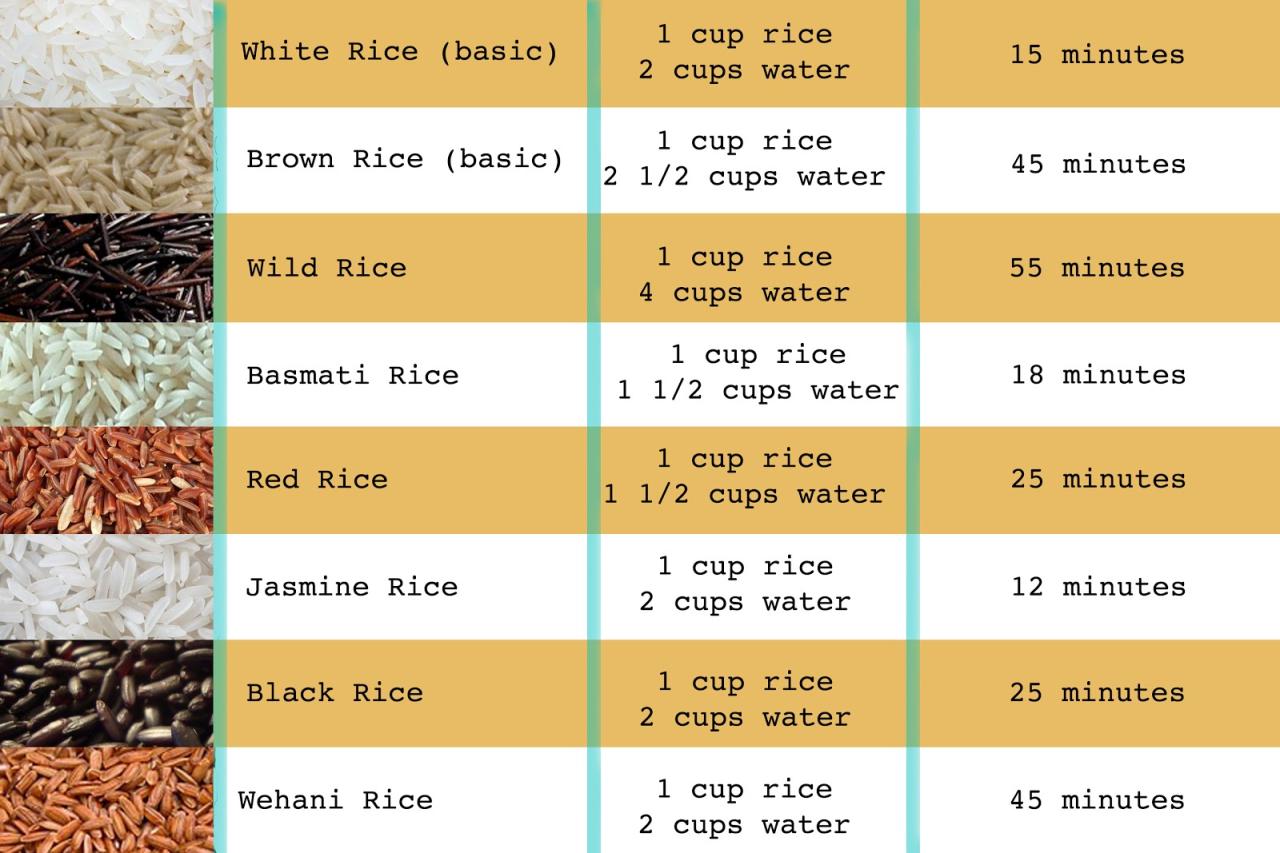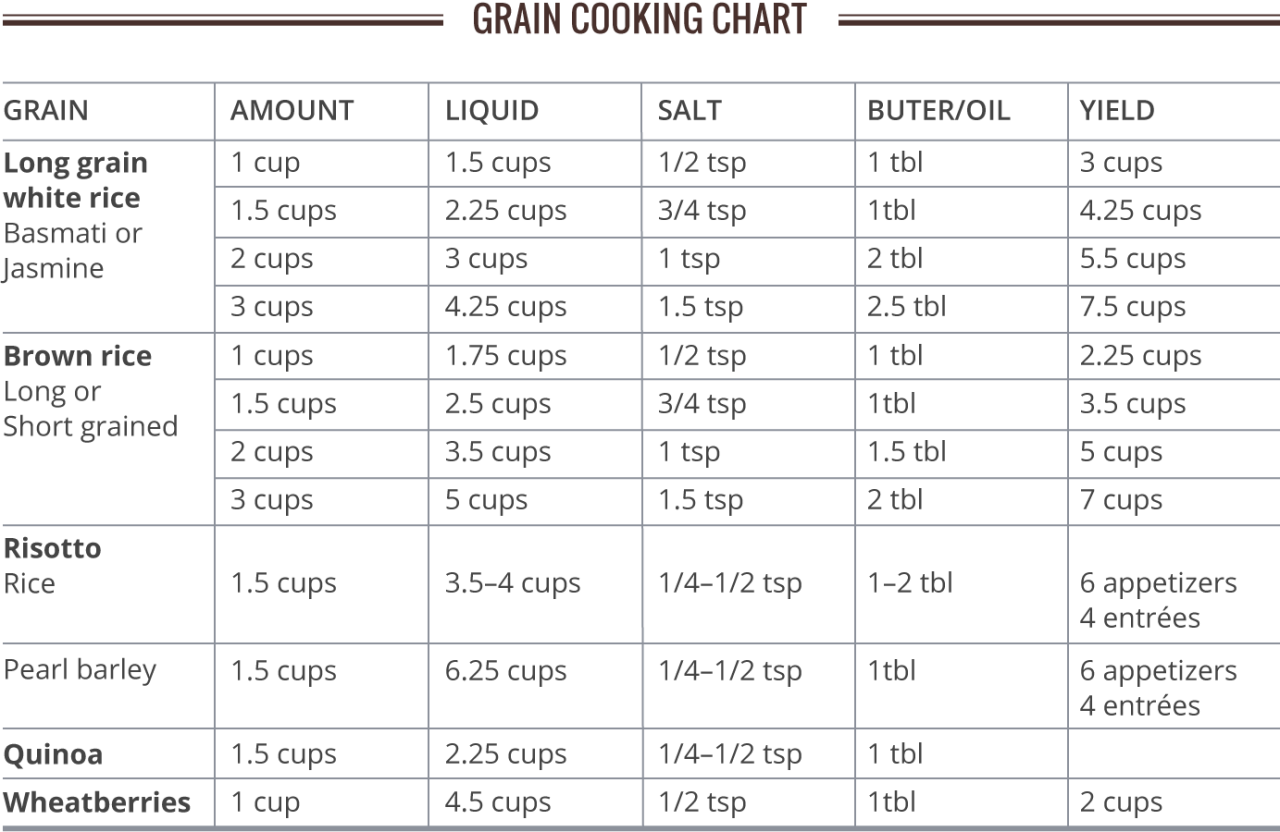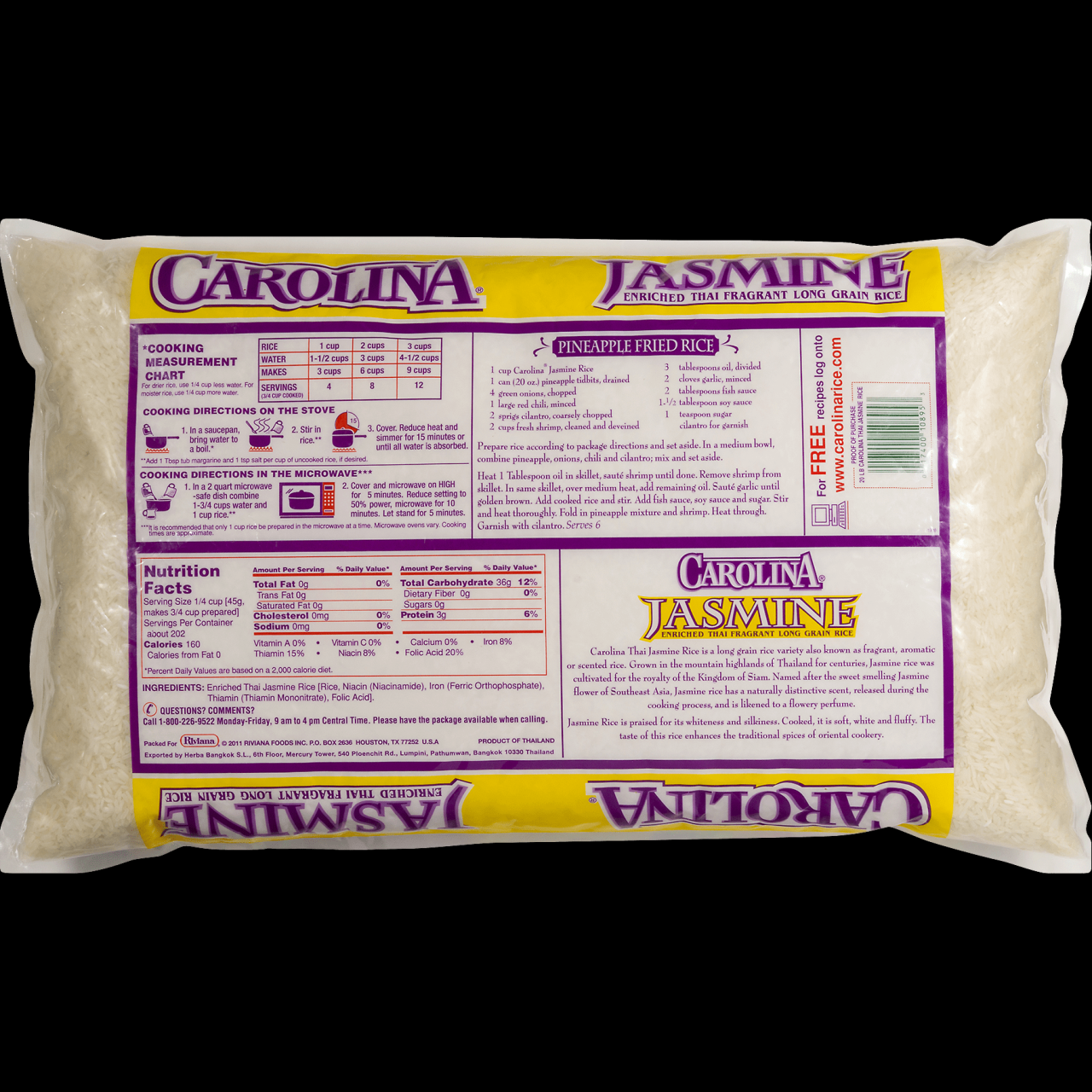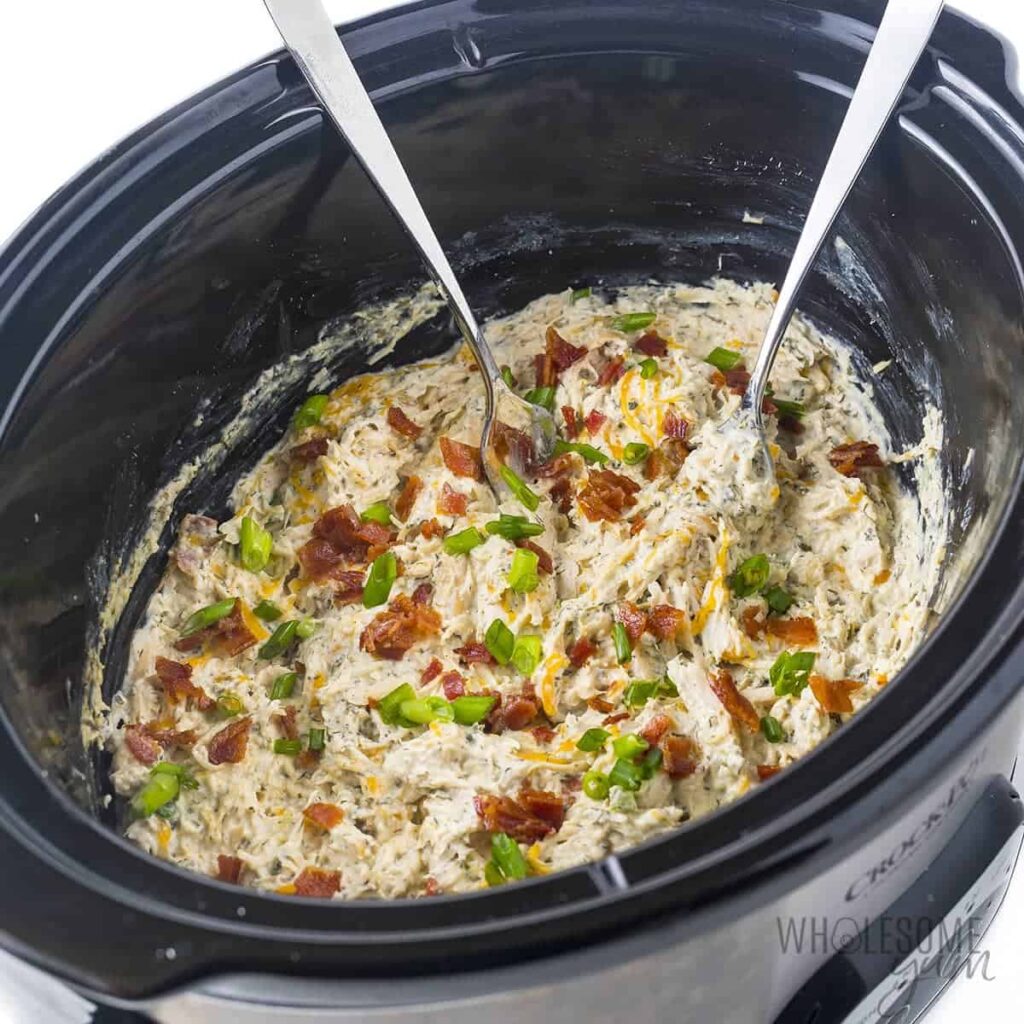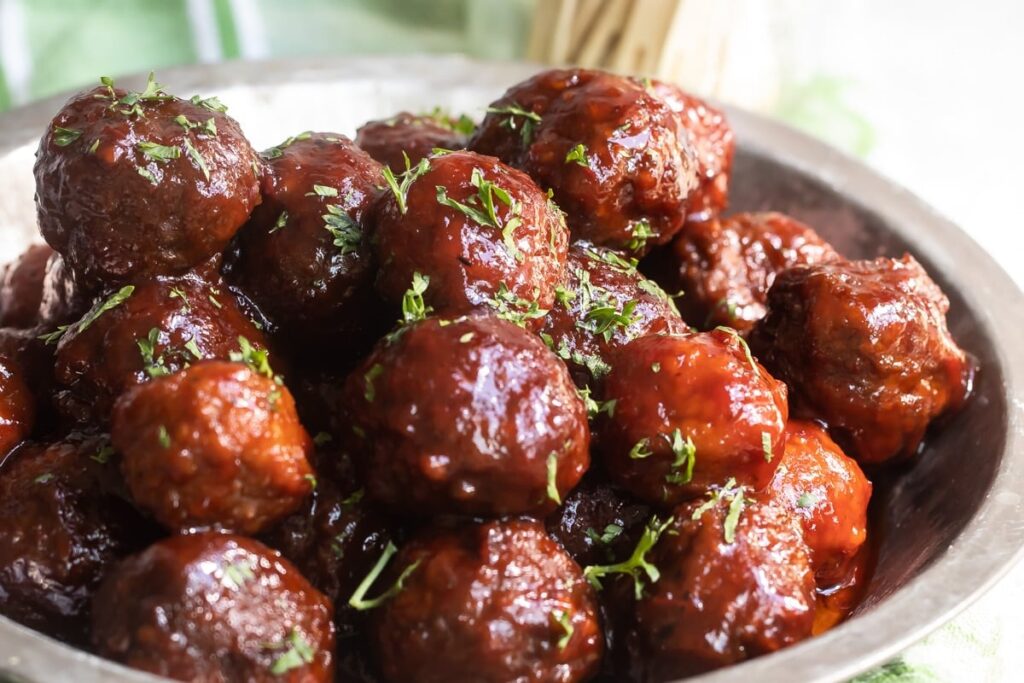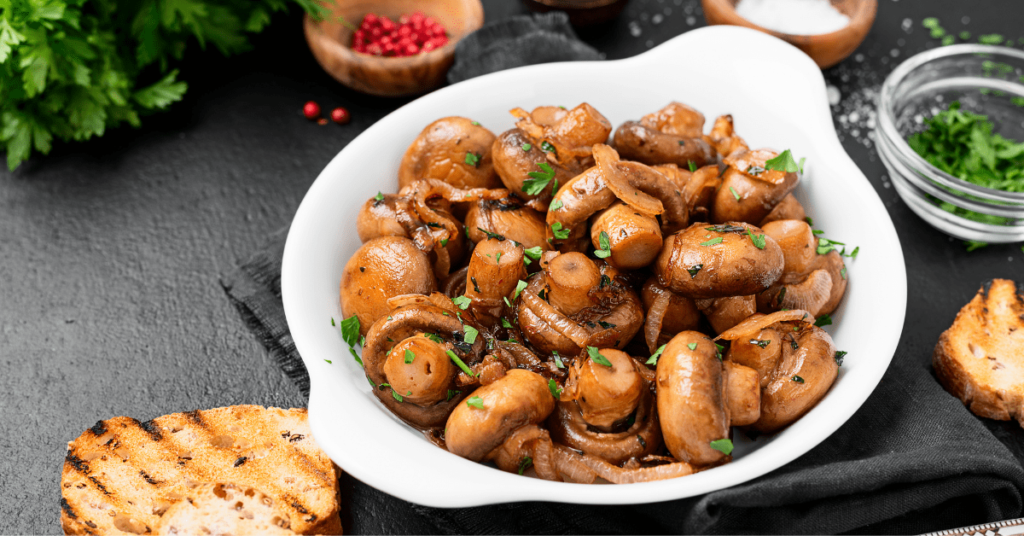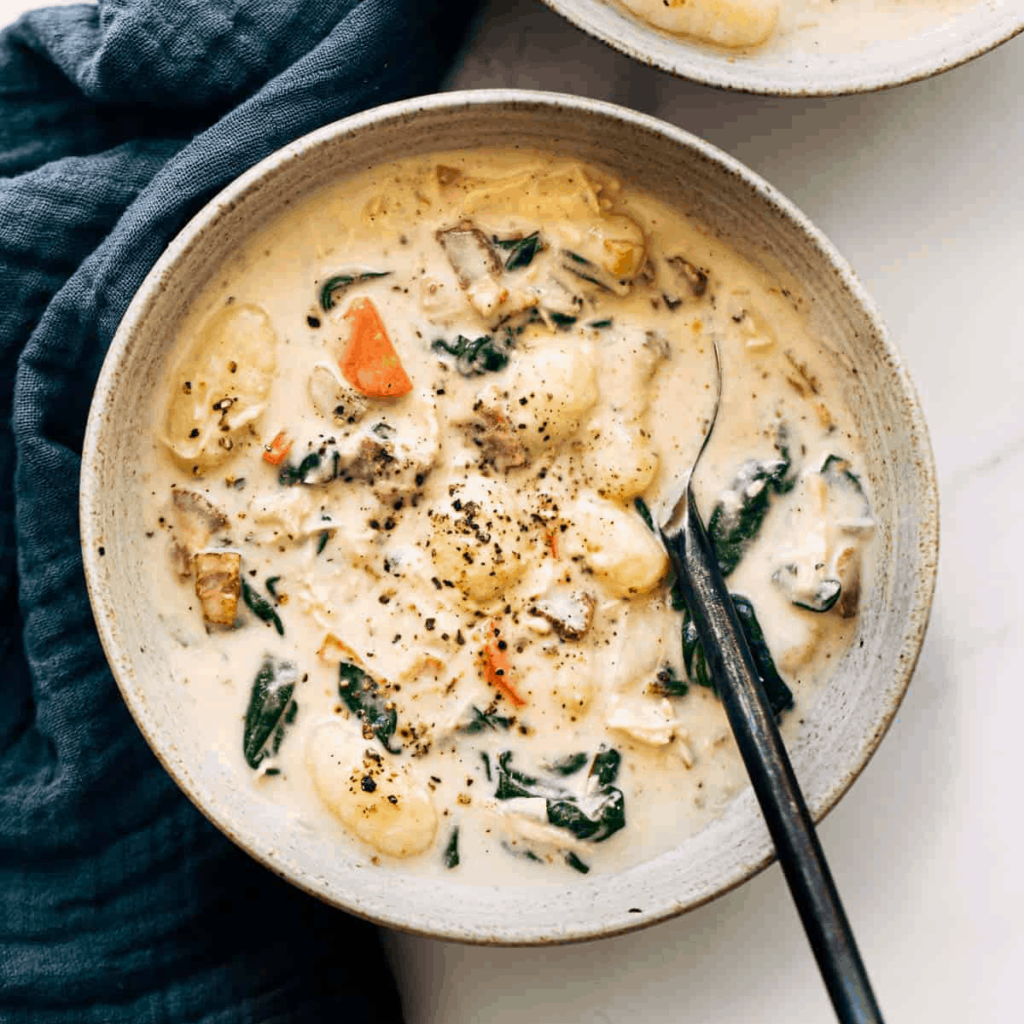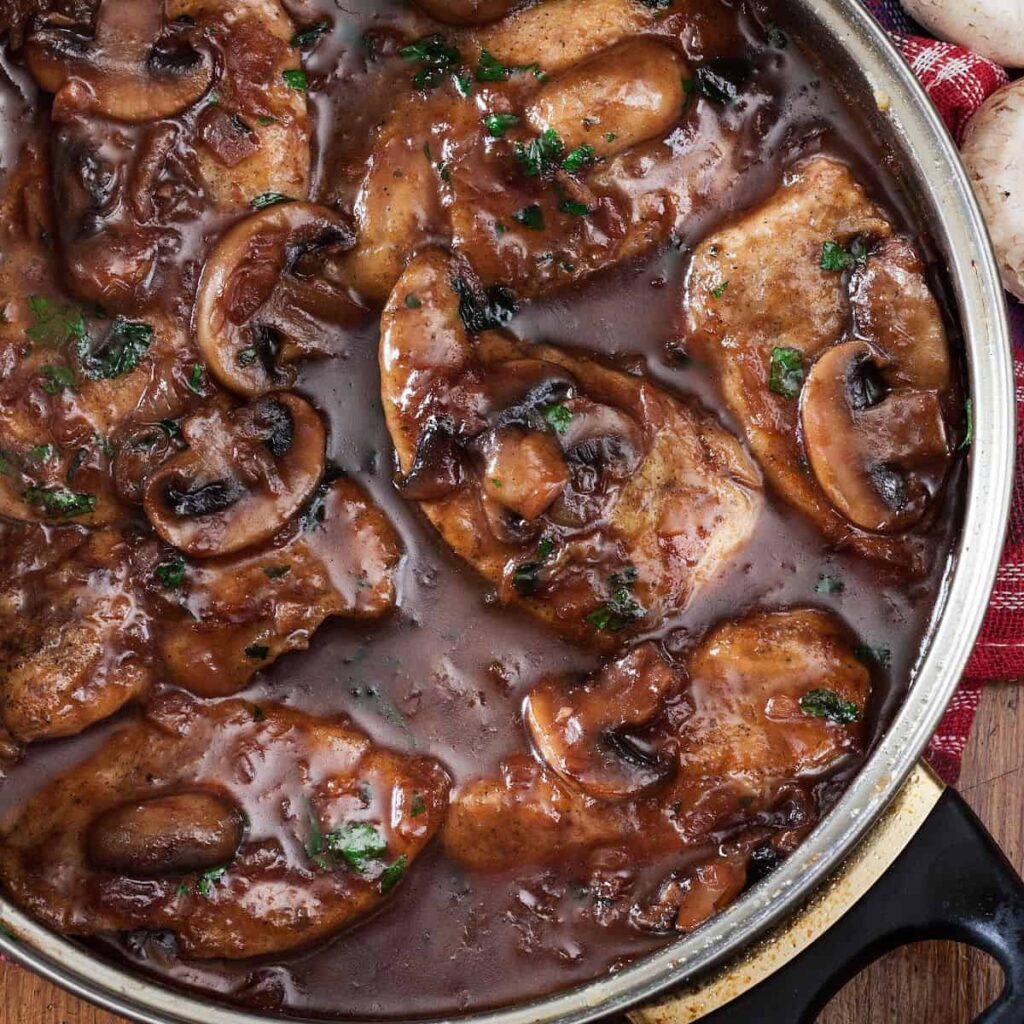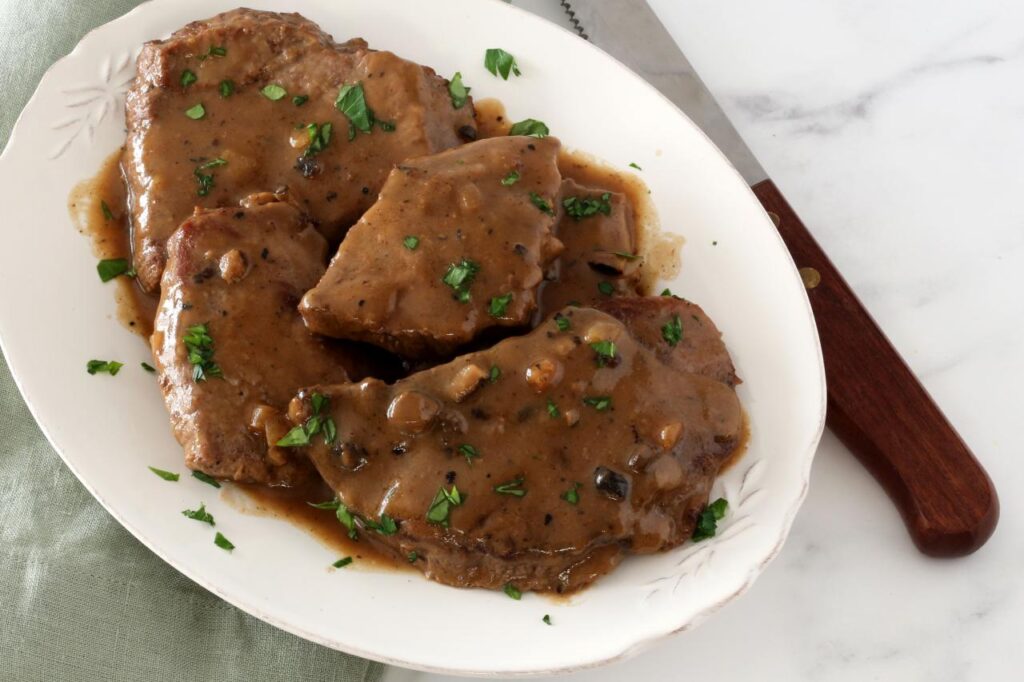Jasmine rice water ratio rice cooker – Cooking perfect jasmine rice in a rice cooker is a culinary art, and understanding the ideal jasmine rice water ratio is the key to achieving fluffy, flavorful grains. Join us as we delve into the secrets of this essential cooking technique, exploring the types of jasmine rice, the precise water ratio, and expert tips for achieving restaurant-quality results in the comfort of your own kitchen.
From the fragrant aroma to the delicate texture, jasmine rice is a versatile grain that elevates any meal. Whether you’re preparing a simple side dish or a complex culinary creation, mastering the jasmine rice water ratio will unlock a world of culinary possibilities.
Introduction
Jasmine rice, known for its fragrant aroma and delicate flavor, is a popular choice for cooking in a rice cooker. Using jasmine rice in a rice cooker offers several benefits, including:
1. Consistent results: Rice cookers precisely control the temperature and cooking time, ensuring that the rice is cooked evenly and consistently every time.
2. Time-saving: Rice cookers automate the cooking process, freeing up time for other tasks.
3. Versatility: Rice cookers can be used to cook a variety of rice dishes, from simple steamed rice to flavorful pilafs and risottos.
4. Nutrient preservation: Rice cookers help retain the nutrients in the rice, making it a healthier option compared to other cooking methods.
For perfect jasmine rice, a precise water ratio is crucial. Rice cookers like the aroma stainless steel rice cooker can simplify this process. With its advanced features, it ensures even cooking and optimal flavor. Returning to the topic of water ratio, for jasmine rice, a 1:1.5 ratio (1 cup rice to 1.5 cups water) is generally recommended for fluffy and aromatic results.
Types of Jasmine Rice
There are several types of jasmine rice available, each with its own unique characteristics:
- Thai Hom Mali rice: This is the most premium type of jasmine rice, known for its long, slender grains and intense fragrance.
- Thai Khao Dawk Mali rice: A slightly less fragrant variety, Khao Dawk Mali rice has shorter, rounder grains and is often used in everyday cooking.
- Vietnamese jasmine rice: Similar to Thai jasmine rice, Vietnamese jasmine rice has a delicate fragrance and slightly sticky texture.
- Calrose jasmine rice: A hybrid variety developed in California, Calrose jasmine rice has a shorter grain length and a milder fragrance than Thai jasmine rice.
When choosing jasmine rice for cooking in a rice cooker, consider the desired texture and flavor profile. Thai Hom Mali rice is the best choice for a fragrant and flavorful rice dish, while Calrose jasmine rice is a good option for a milder flavor and sticky texture.
Jasmine Rice Water Ratio for Rice Cooker
Ideal Ratio
For optimal results when cooking jasmine rice in a rice cooker, adhere to the recommended ratio of 1 cup of rice to 1.5 cups of water. This ratio ensures the rice is cooked evenly, resulting in fluffy, separate grains.
Importance of Accuracy
Measuring the rice and water accurately is crucial for achieving the desired texture and consistency. Too much water can lead to mushy rice, while too little water can result in undercooked, hard grains.
Consequences of Imbalance
- Excessive Water: Excess water can prevent the rice from absorbing all the liquid, leading to a sticky, mushy texture.
- Insufficient Water: Insufficient water will result in undercooked rice that is hard and chewy, with unabsorbed water remaining at the bottom of the cooker.
Cooking s
Cooking jasmine rice in a rice cooker is a simple and convenient way to achieve perfect results every time. Here are the step-by-step s:
Rinse the rice: Rinsing the rice before cooking removes excess starch, which can make the rice gummy. Place the rice in a fine-mesh sieve and rinse it under cold water until the water runs clear.
Add salt or other seasonings (optional): If desired, add salt or other seasonings to the rice before cooking. Common seasonings for jasmine rice include salt, pepper, garlic powder, and onion powder.
Cook the rice: Add the rinsed rice to the rice cooker along with the appropriate amount of water. The water-to-rice ratio for jasmine rice is typically 1:1.5. For example, for 1 cup of rice, use 1.5 cups of water.
Fluff the rice: Once the rice is cooked, fluff it with a fork or rice paddle to separate the grains.
Variations
Jasmine rice is a versatile grain that can be used in a variety of dishes. In addition to the basic cooking method Artikeld above, there are many other ways to cook jasmine rice in a rice cooker.
Here are a few variations on the basic jasmine rice recipe:
Fried Rice
- Cook jasmine rice according to the package directions.
- Heat 2 tablespoons of oil in a large skillet over medium heat.
- Add 1 cup of cooked jasmine rice to the skillet and cook, stirring constantly, until the rice is heated through.
- Add your desired vegetables, protein, and seasonings to the skillet and cook until heated through.
- Serve immediately.
Congee
- Cook jasmine rice according to the package directions.
- Add 4 cups of water to the rice cooker.
- Bring the water to a boil, then reduce heat to low and simmer for 2 hours.
- Stir occasionally to prevent the congee from sticking to the bottom of the rice cooker.
- Season the congee with salt and pepper to taste.
- Serve hot with your desired toppings.
Rice Pudding
- Cook jasmine rice according to the package directions.
- Add 2 cups of milk, 1 cup of sugar, and 1/2 teaspoon of vanilla extract to the rice cooker.
- Bring the mixture to a boil, then reduce heat to low and simmer for 30 minutes.
- Stir occasionally to prevent the rice pudding from sticking to the bottom of the rice cooker.
- Serve warm or cold.
Brown Jasmine Rice
Brown jasmine rice is a whole grain rice that is higher in fiber and nutrients than white jasmine rice. To cook brown jasmine rice in a rice cooker, follow the same steps as for white jasmine rice, but increase the cooking time to 30 minutes.
Mixed Rice Varieties
Jasmine rice can be combined with other types of rice to create mixed rice dishes. For example, you could combine jasmine rice with brown rice, wild rice, or black rice. To cook mixed rice varieties, simply combine the different types of rice in the rice cooker and cook according to the package directions.
Troubleshooting
When cooking jasmine rice in a rice cooker, several common problems can arise. Understanding the causes and solutions to these issues will help ensure perfectly cooked rice every time.
Undercooked Rice
- Cause: Insufficient water or cooking time.
- Solution: Add more water or extend the cooking time until the rice is fully cooked.
Overcooked Rice
- Cause: Excessive water or cooking time.
- Solution: Reduce the amount of water or shorten the cooking time to prevent the rice from becoming mushy.
Sticky Rice
- Cause: Too much starch released during cooking.
- Solution: Rinse the rice thoroughly before cooking to remove excess starch. Additionally, using a higher water-to-rice ratio can help prevent stickiness.
Burnt Rice
- Cause: Insufficient water or excessive cooking time.
- Solution: Ensure that the rice cooker has enough water and that the cooking time is appropriate for the amount of rice being cooked.
Crockpot Recipes Ideas
The crockpot is a versatile appliance that can be used to cook a variety of dishes, including jasmine rice. Jasmine rice is a fragrant, long-grain rice that is popular in Southeast Asian cuisine. It is a good choice for crockpot cooking because it cooks evenly and does not become mushy.
To cook jasmine rice in a crockpot, follow these steps:
- Rinse the rice in a fine-mesh sieve until the water runs clear.
- Add the rice to the crockpot.
- Add water to the crockpot, using a ratio of 1 cup of water to 1 cup of rice.
- Add salt and pepper to taste.
- Cook on low for 4-6 hours, or until the rice is cooked through.
Once the rice is cooked, fluff it with a fork and serve.
Crockpot Jasmine Rice Dishes
In addition to cooking plain jasmine rice, you can also use the crockpot to make a variety of jasmine rice dishes. Here are a few ideas:
- Jasmine rice with vegetables: Add chopped vegetables to the crockpot along with the rice. Some good options include carrots, celery, onions, and bell peppers.
- Jasmine rice with chicken: Add cooked chicken to the crockpot along with the rice. You can use rotisserie chicken, grilled chicken, or even leftover chicken from another meal.
- Jasmine rice with beans: Add cooked beans to the crockpot along with the rice. Some good options include black beans, kidney beans, and pinto beans.
Nutritional Information
Jasmine rice is a good source of carbohydrates, providing energy for the body. It is also a good source of protein, fiber, and vitamins and minerals. One cup of cooked jasmine rice contains approximately:
– Calories: 216
– Protein: 4.5 grams
– Carbohydrates: 45 grams
– Fiber: 2 grams
Jasmine rice is also a good source of iron, zinc, and B vitamins.
Health Benefits of Eating Jasmine Rice, Jasmine rice water ratio rice cooker
Eating jasmine rice has several health benefits, including:
– Providing energy: Jasmine rice is a good source of carbohydrates, which are the body’s main source of energy.
– Supporting muscle growth and repair: Jasmine rice is a good source of protein, which is essential for building and repairing muscle tissue.
– Promoting digestive health: Jasmine rice is a good source of fiber, which is important for keeping the digestive system healthy.
– Reducing the risk of chronic diseases: Jasmine rice is a good source of antioxidants, which can help protect the body from chronic diseases such as heart disease and cancer.
Storage: Jasmine Rice Water Ratio Rice Cooker
Storing cooked jasmine rice properly is essential to maintain its freshness and prevent spoilage. Follow these steps for optimal storage:
Once cooked, let the rice cool to room temperature. Spread it out on a baking sheet or large plate to facilitate even cooling.
Refrigeration
- Transfer the cooled rice to an airtight container or resealable plastic bag.
- Store the rice in the refrigerator for up to 3-4 days.
Freezing
- Portion the cooled rice into freezer-safe containers or bags.
- Freeze the rice for up to 2-3 months.
Reheating
- Thaw frozen rice in the refrigerator overnight or in the microwave using the defrost setting.
- Reheat the rice in the microwave or on the stovetop, adding a splash of water or broth if needed to prevent dryness.
Conclusion
Cooking jasmine rice in a rice cooker is a convenient and reliable method that yields fluffy, aromatic grains. The key to success lies in using the correct rice to water ratio and following the cooking instructions meticulously.
Jasmine rice is a versatile grain that can be paired with various dishes, from savory curries to sweet desserts. Its delicate floral aroma and slightly sticky texture make it a popular choice for both everyday meals and special occasions.
End of Discussion
In the symphony of cooking, the jasmine rice water ratio plays a harmonious note, ensuring that every grain dances in perfect balance. By understanding the nuances of this culinary technique, you’ll transform your rice cooker into a culinary maestro, creating fluffy, aromatic jasmine rice that will delight your taste buds and elevate your dining experience.
Question Bank
What is the ideal jasmine rice to water ratio for a rice cooker?
For perfect fluffy jasmine rice, use a 1:1.25 ratio of rice to water. For example, for 1 cup of jasmine rice, use 1.25 cups of water.
Can I use any type of jasmine rice in a rice cooker?
Yes, but different types of jasmine rice may have slightly different cooking times. Long-grain jasmine rice is the most common type used in rice cookers.
What happens if I use too much or too little water?
Using too much water can result in mushy rice, while too little water can make the rice hard and undercooked. It’s crucial to measure the rice and water accurately.

